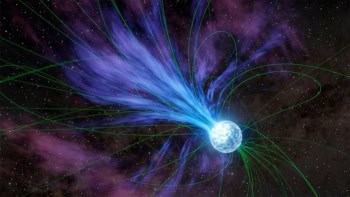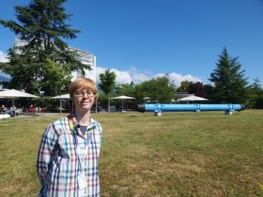The island of stability - for many years an uninhabited region in the chart of the nuclides - has started to look decidedly crowded. Atoms heavier than uranium tend to be very short-lived but theorists have predicted that there is a region of very stable heavy nuclei. The most stable of these superheavy nuclei is thought to have 114 protons and 184 neutrons. In January a long-lived isotope with 114 protons and 175 neutrons was detected at the Flerov Laboratory of Nuclear Reactions (JINR) in Dubna, Russia. In June elements 116 and 118 were detected at the Lawrence Berkeley National Laboratory in California. Now a second isotope of element 114 - one with 173 neutrons - has been detected at Dubna (Nature 400 242).
Until the Dubna experiments all artificial superheavy nuclei had half-lives that were measured in milliseconds. However, the most stable nuclei on the island of stability are predicted to have half-lives of years. The first isotope of element 114 to be discovered – the one with 175 neutrons – has a half-life of 30 seconds, while its lighter sibling has a half-life of 5 seconds. Elements 116 and 118 are much less stable, decaying in milliseconds.
The first isotope of element 114 was created by colliding plutonium-244 and calcium-48 nuclei. Creating enough of these isotopes for the experiments was difficult because plutonium is highly toxic and radioactive, while calcuim-48 is extremely rare. There is also only a very small probability that superheavy elements will be created and then survive in the collisions. In the first set of experiments at Dubna, only one event out of a total of 5.2 x 1018 events over 34 days resulted in element 114. The lighter isotope was produced by colliding calcium-48 and plutonium-242. During this run some 7.5 x 1018 calcium ions were directed at the plutonium target over a period of 32 days, and 4 events were detected.



